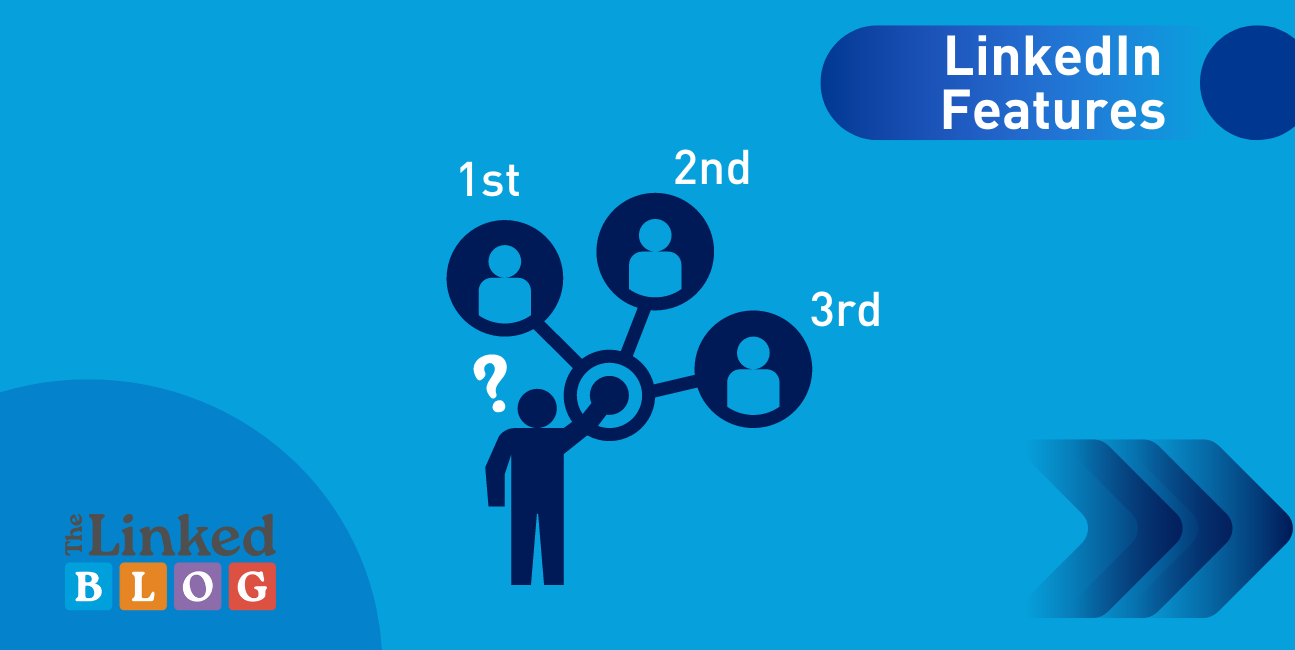What Are LinkedIn’s 1st, 2nd and 3rd Degree Connections?

LinkedIn, the world's largest professional networking platform, categorizes its connections into three primary degrees: 1st, 2nd, and 3rd. Understanding these connection degrees is crucial for effectively navigating LinkedIn and leveraging its potential for professional growth, networking, and career advancement. This report delves into the intricacies of these connection degrees, exploring their significance, how they are formed, and strategies to maximize their potential.
You can also visit Oncely.com to find more Top Trending AI Tools. Oncely partners with software developers and companies to present exclusive deals on their products. One unique aspect of Oncely is its “Lifetime Access” feature, where customers can purchase a product once and gain ongoing access to it without any recurring fees. Oncely also provides a 60-day money-back guarantee on most purchases, allowing customers to try out the products and services risk-free.
Oncely are hunting for the most fantastic AI & Software lifetime deals like the ones below or their alternatives:

1st-Degree Connections

Definition and Characteristics
1st-degree connections on LinkedIn are individuals with whom you have a direct connection. This means that either you have sent them a connection request that they accepted, or they have sent you a request that you accepted. These connections are the closest in your LinkedIn network and are marked by a "1st" icon next to their name.
Interaction and Benefits
Having a 1st-degree connection allows you to directly message the person without any restrictions. You can also view their full profile, including their contact information, recent posts, and updates. This level of access facilitates direct communication and engagement, making it easier to collaborate, seek advice, or explore job opportunities.
Strategic Importance
1st-degree connections are your immediate professional network and can serve as valuable allies in your career journey. They can endorse your skills, provide recommendations, and introduce you to their connections, thereby expanding your network further. It is essential to nurture these relationships by staying in touch, engaging with their posts, and offering support when needed.
2nd-Degree Connections

Definition and Characteristics
2nd-degree connections are individuals who are connected to your 1st-degree connections. They are essentially "friends of friends" and are marked by a "2nd" icon next to their name on LinkedIn. While you may not know them personally, they are only one connection away from you, making them accessible for networking purposes (I4biz).
Interaction and Benefits
You can view the profiles of 2nd-degree connections and see the mutual connections you share. However, you cannot directly message them unless you use LinkedIn's InMail feature. To connect with them, you need to send a connection request, often accompanied by a personalized message highlighting your shared connection or interest.
Strategic Importance
2nd-degree connections hold significant potential for expanding your professional network. By connecting with them, you gain access to a broader network of professionals who may share your interests or work in your industry. This can lead to new opportunities, collaborations, and insights. Crafting thoughtful and concise connection requests can enhance your chances of building meaningful relationships with 2nd-degree connections.
3rd-Degree Connections
Definition and Characteristics
3rd-degree connections are individuals connected to your 2nd-degree connections. They represent the outer layer of your LinkedIn network and are marked by a "3rd" icon next to their name. These connections are more distant, but they offer a gateway to a vast and diverse network of professionals.
Interaction and Benefits
While you can view limited information on the profiles of 3rd-degree connections, direct messaging is not possible unless you use InMail or share a LinkedIn group with them. Joining relevant groups can facilitate interactions with 3rd-degree connections, allowing you to participate in discussions and build relationships within your industry.
Strategic Importance
3rd-degree connections, though distant, present unique opportunities to tap into a broader and more diverse network. They can provide access to industry professionals, potential clients, and collaborators who may not be within your immediate reach. By strategically engaging with 3rd-degree connections, you can unlock new perspectives and opportunities for professional growth.
Conclusion
Understanding LinkedIn's 1st, 2nd, and 3rd-degree connections is essential for maximizing the platform's networking potential. Each degree offers distinct opportunities and challenges, and strategically engaging with these connections can significantly enhance your professional network. By nurturing 1st-degree connections, reaching out to 2nd-degree connections, and exploring the vast network of 3rd-degree connections, you can unlock a wealth of opportunities for career advancement and personal growth.





